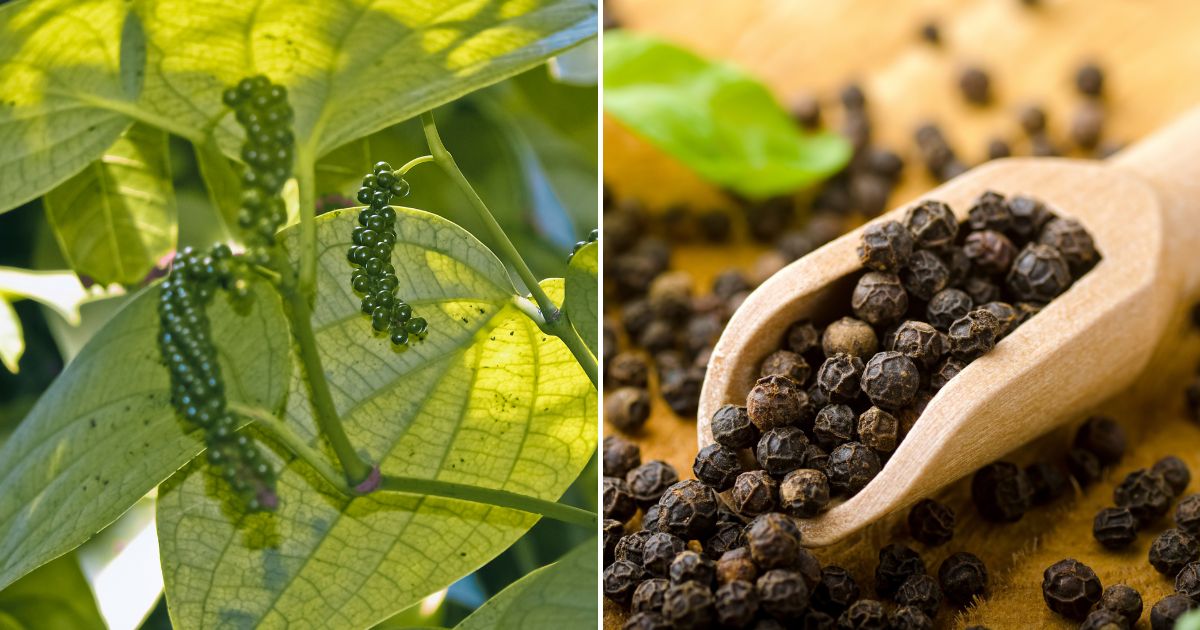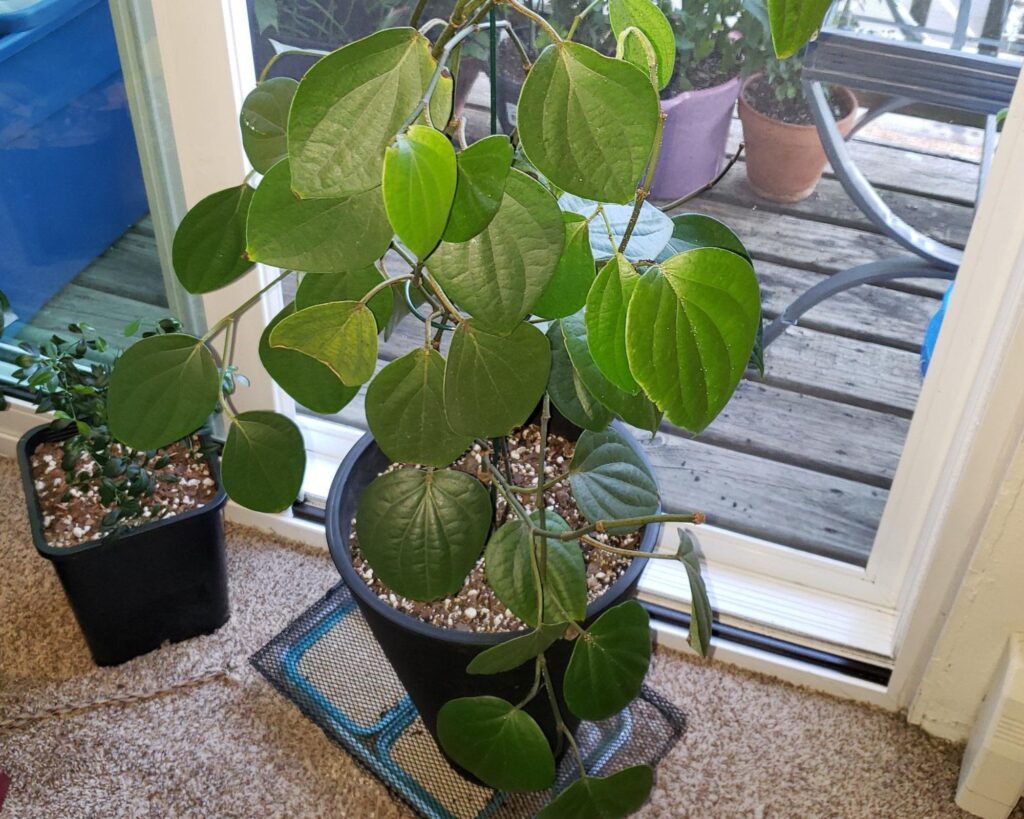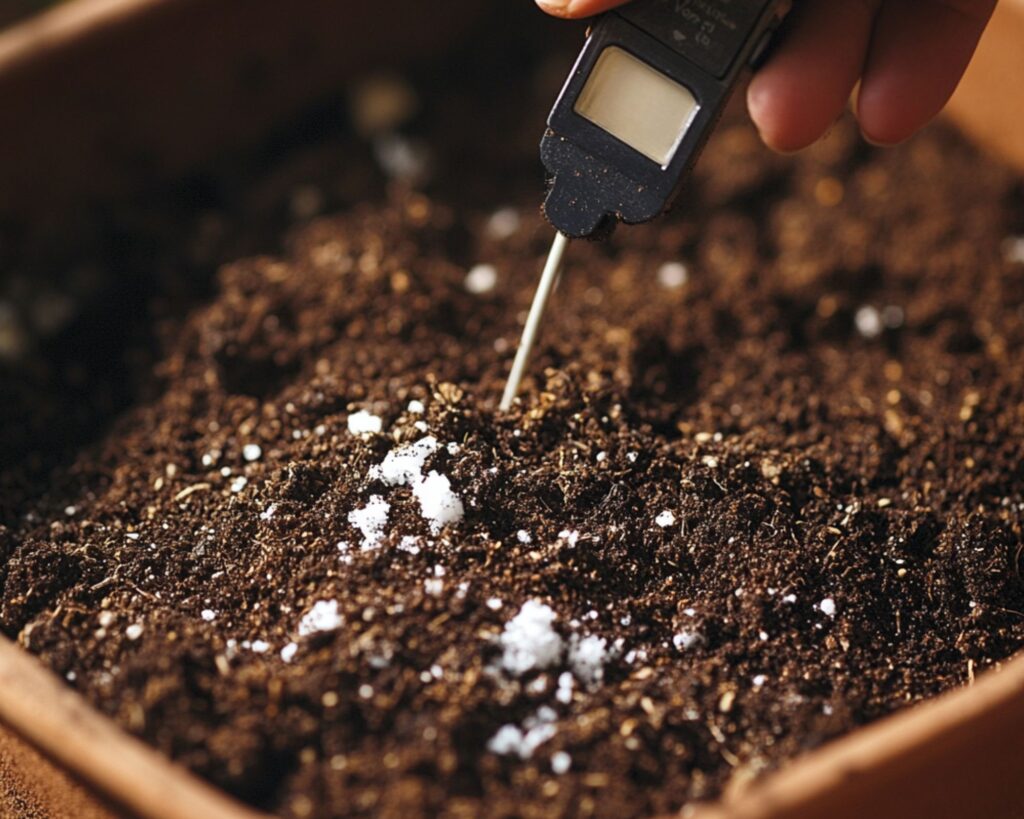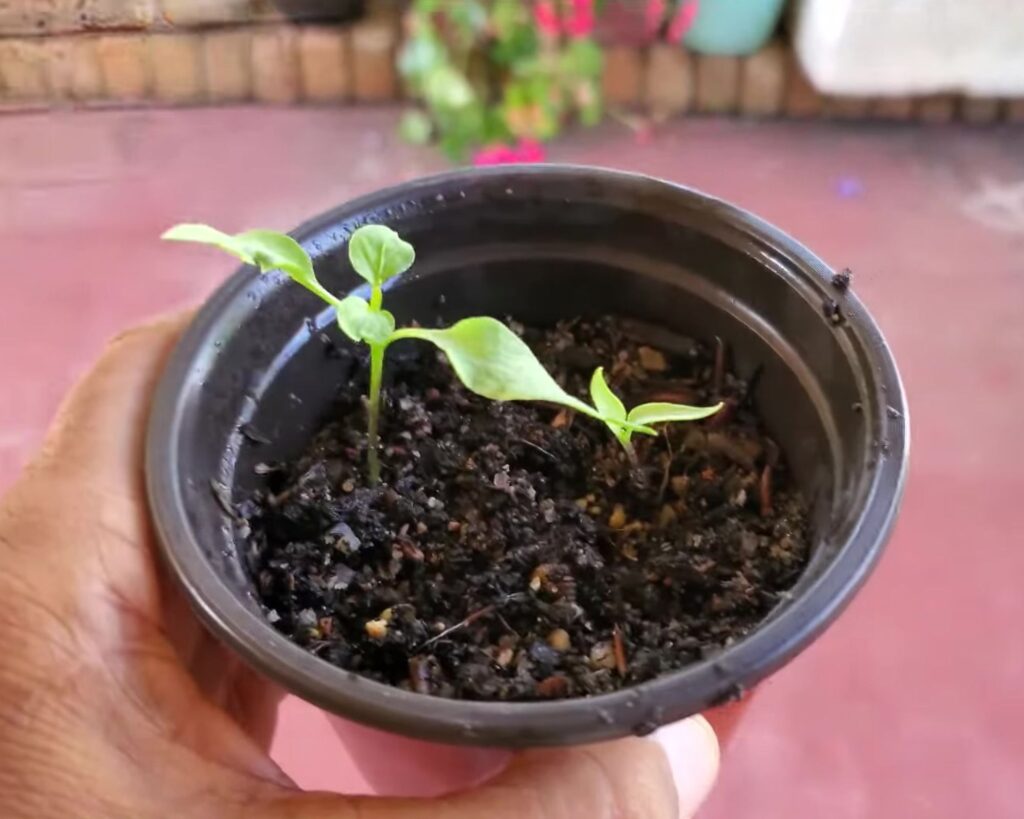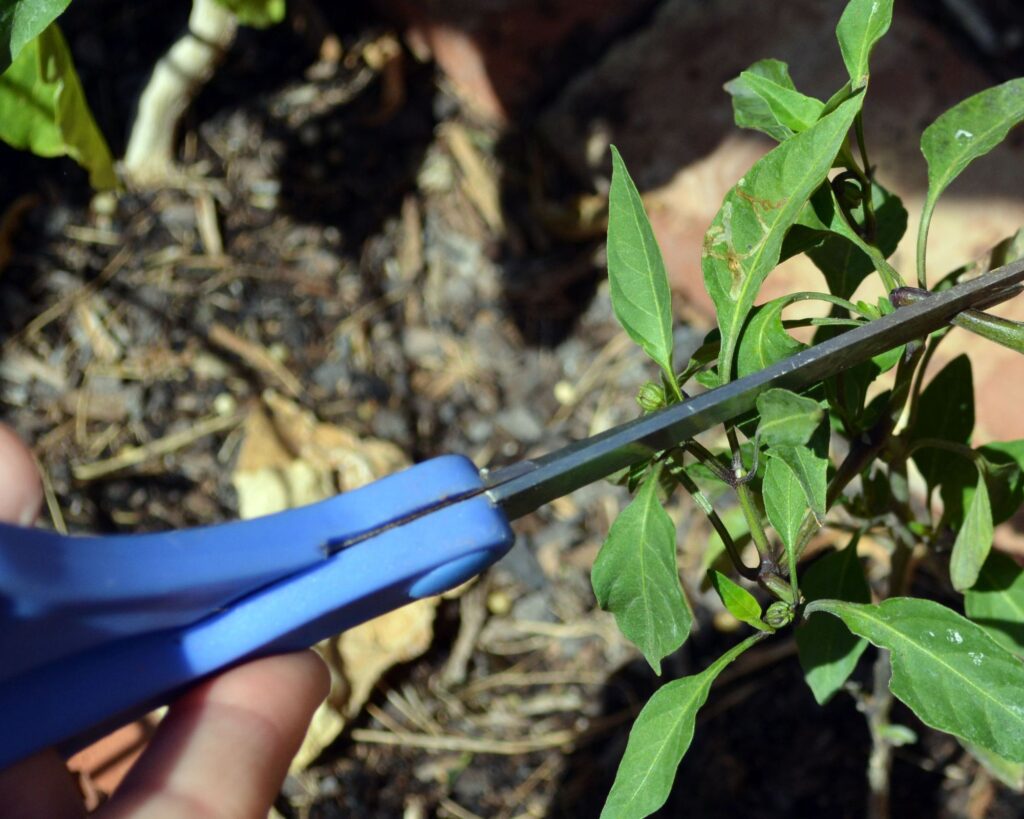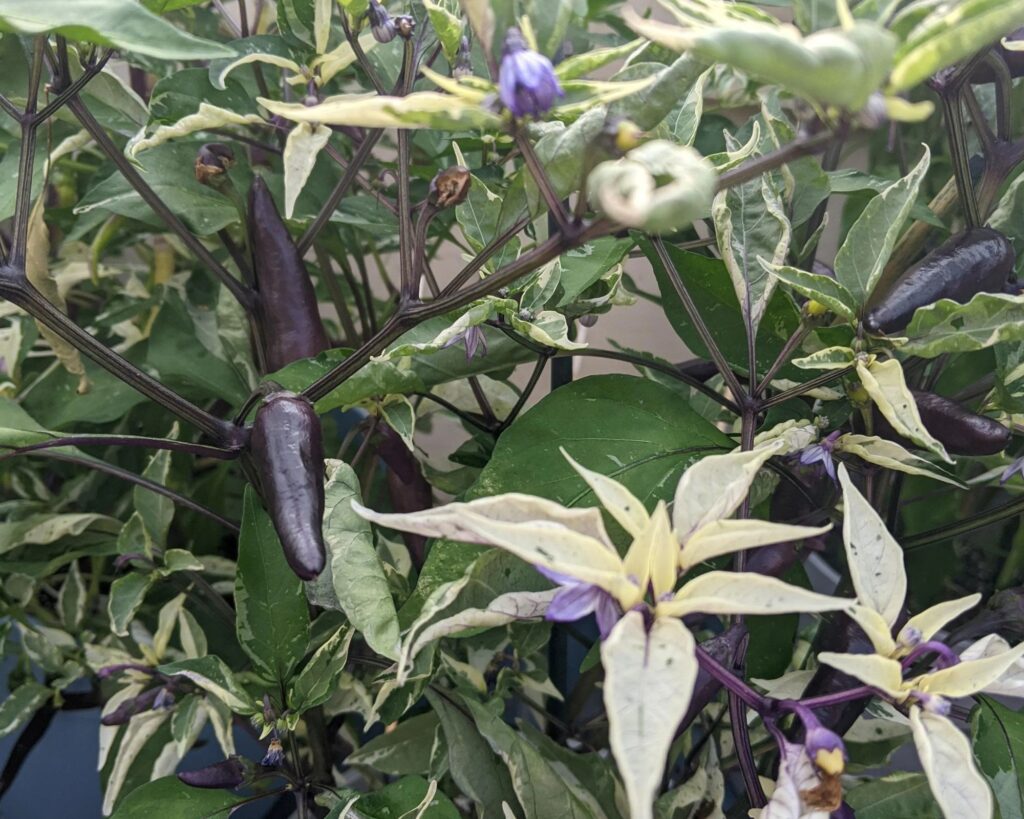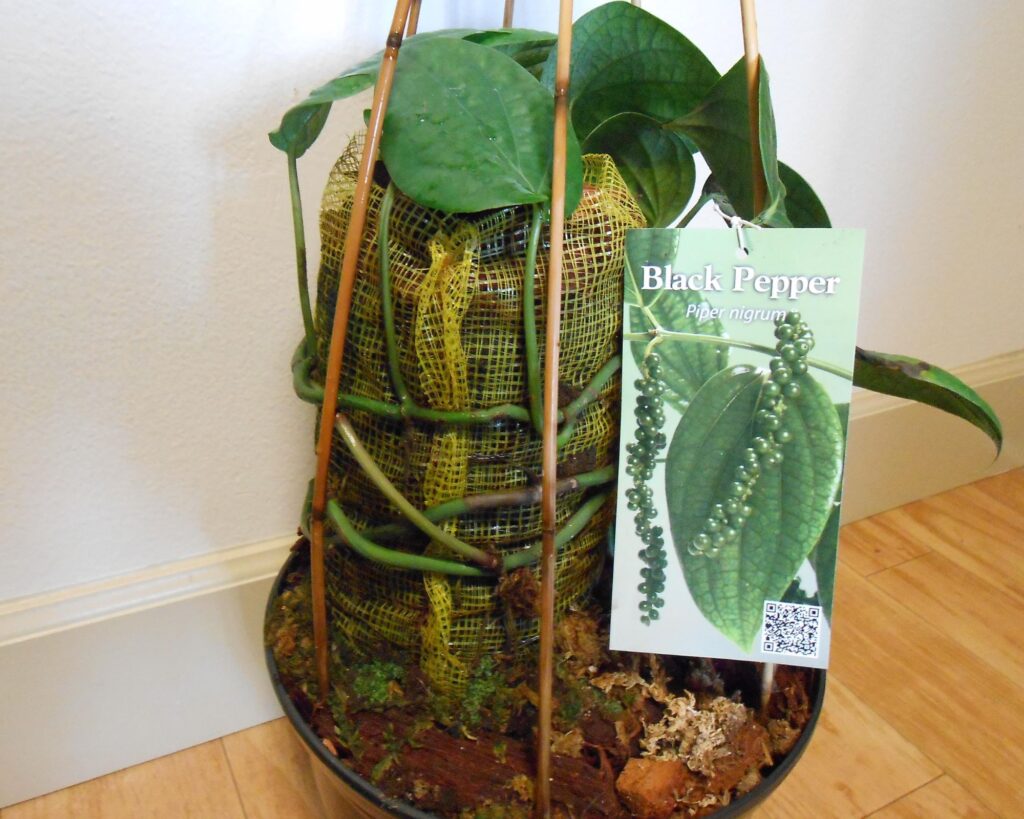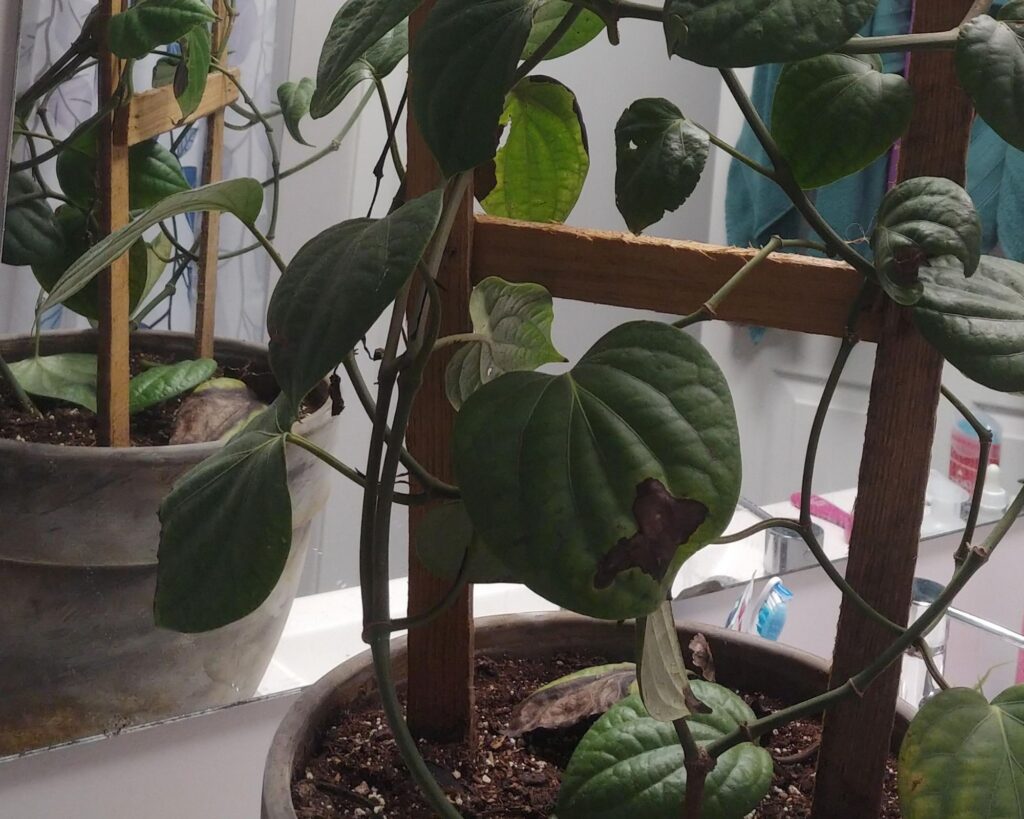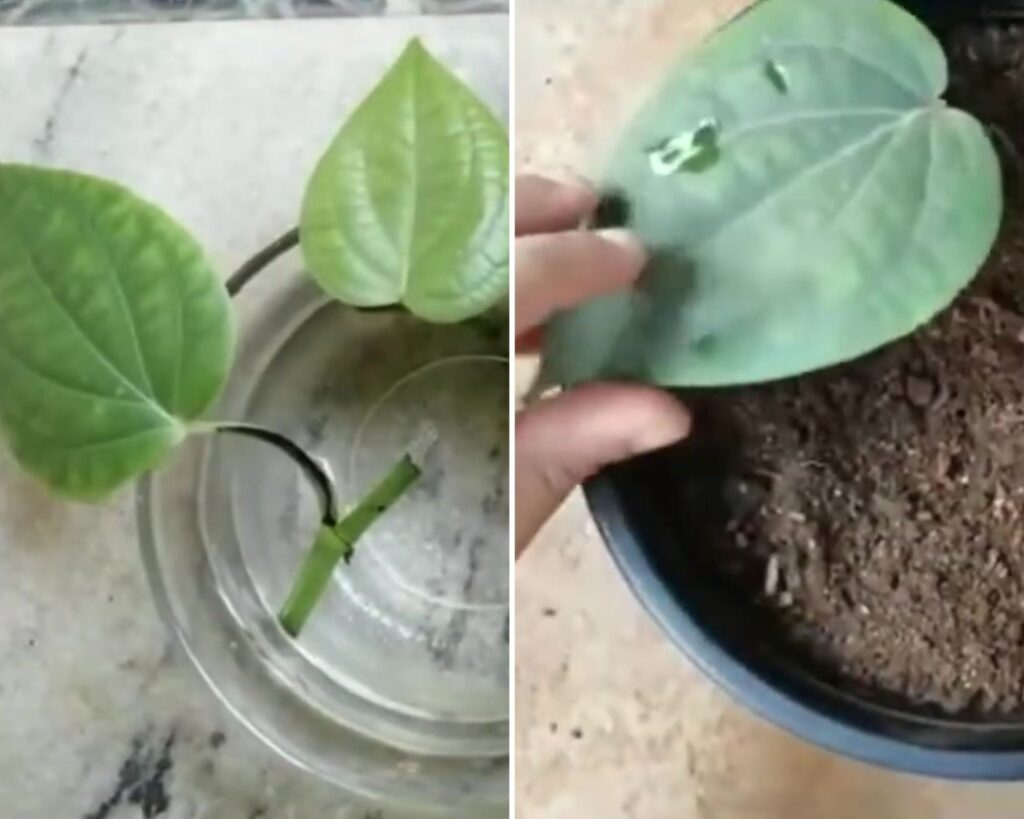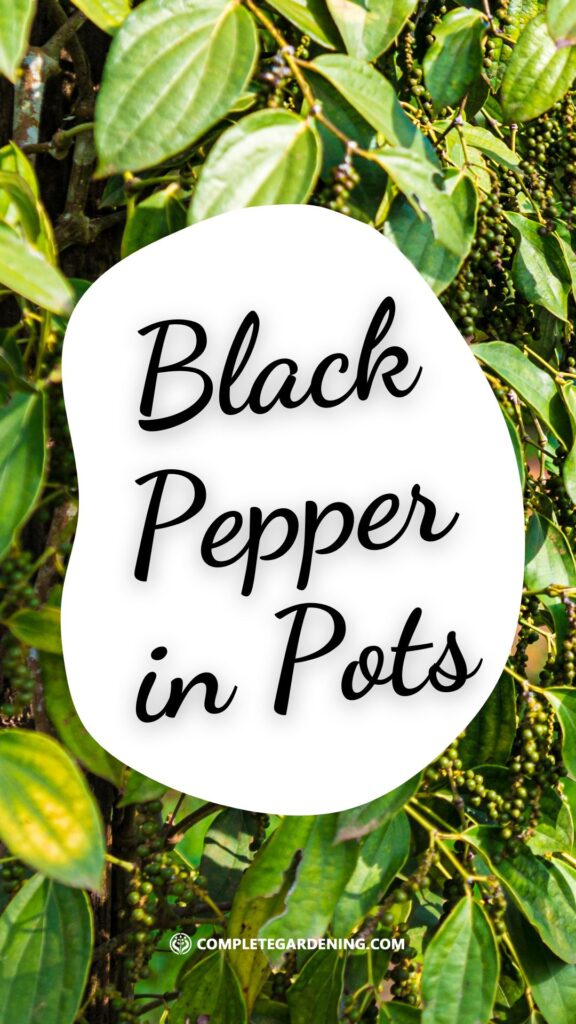Imagine having a fragrant, tropical pepper vine thriving right on your windowsill, producing fresh, flavorful peppercorns for your kitchen.
Growing black pepper (Piper nigrum) in a pot might sound ambitious, but with a bit of care and the right approach, you can turn this exotic plant into a rewarding staple in your indoor garden.
Whether you’re an experienced gardener or just exploring tropical plants, this guide will walk you through every step to cultivate and care for the best potted black pepper, ensuring a lush, thriving plant that yields aromatic spice year-round.
Introduction to Black Pepper
Black pepper is native to the tropics of India and Southeast Asia. Known as the “king of spices,” it’s one of the most widely used spices worldwide.
Black pepper grows as a perennial vine that can reach up to 13 feet, but it adapts well to pot cultivation, making it ideal for both small spaces and indoor growing.
Choosing the Right Pot
1. Size and Drainage: Select a pot that’s at least 12 inches in diameter and 12-15 inches deep. This size ensures the plant has room for root growth. Black pepper plants don’t tolerate waterlogged soil, so ensure the pot has adequate drainage holes to avoid root rot.
2. Material: Choose a terracotta or clay pot for better aeration, but any sturdy container will work as long as it has proper drainage.
3. Support System: Black pepper is a climbing vine and will require a trellis or stake. You can add a bamboo pole or small trellis inside the pot to give the plant something to climb.
Selecting and Preparing Soil
1. Soil Type: Black pepper prefers slightly acidic, well-draining soil. A mix of potting soil, sand, and organic compost provides an ideal growing medium. Aim for a pH between 5.5 and 6.5.
2. Nutrient-Rich Base: Black pepper thrives in nutrient-rich soil, so add compost or well-rotted manure when planting. A little coconut coir or peat moss in the soil mix can help retain moisture while allowing airflow to the roots.
Planting Black Pepper Seeds or Cuttings
1. Seeds vs. Cuttings: Black pepper can be grown from seeds, but it’s much easier and faster to grow from cuttings. When using seeds, opt for fresh black pepper seeds that have not been dried, as dried seeds are often less viable. Cuttings provide a head start and will reach maturity faster.
2. Planting Process:
- For seeds, plant them about 1/4 inch deep in the soil. Keep the soil moist and warm, ideally between 75-85°F, to encourage germination.
- For cuttings, place the cut end about 2-3 inches deep into the soil, ensuring it’s firmly in place near a support structure.
3. Germination and Growth: Seeds may take several weeks to germinate, while cuttings usually establish faster. Provide humidity and warmth during this early stage.
Ideal Conditions for Potted Black Pepper
1. Temperature and Humidity: Black pepper is a tropical plant, thriving in temperatures between 75°F and 85°F. Indoors, keep the plant in a warm, humid environment.
If growing outdoors, bring the plant indoors when temperatures fall below 60°F. Aim for a humidity level above 50%; use a humidifier or mist the plant to maintain moisture levels.
2. Lighting Needs: Black pepper requires bright, indirect light. Direct sunlight can scorch the leaves, so choose a location that receives filtered sunlight for about 6-8 hours daily.
A sunny window or a location with diffused sunlight is ideal. If you’re growing indoors, consider using a grow light to ensure adequate light exposure.
3. Watering Requirements: Black pepper plants prefer consistently moist soil but avoid waterlogging.
Water when the top inch of soil feels dry, usually about once or twice a week, depending on humidity and temperature. Reduce watering slightly during cooler months.
Fertilizing Black Pepper Plants
1. Type of Fertilizer: Black pepper requires a balanced fertilizer. A slow-release, balanced (10-10-10) fertilizer is ideal, applied every 6-8 weeks. Organic options, like compost or fish emulsion, work well and enrich the soil naturally.
2. Frequency and Application: Avoid over-fertilizing, as too many nutrients can hinder growth. Stick to regular but moderate feeding. In the growing season (spring and summer), feed every 6-8 weeks, reducing frequency in fall and winter.
3. Soil Amendment: Every few months, mix a small amount of compost or worm castings into the topsoil to refresh the nutrients in the soil.
Pruning and Maintenance
1. Pruning: Regular pruning helps control the size and shape of your black pepper plant. Trim any dead or yellowing leaves and encourage bushier growth by pinching back the tips of the vine periodically.
2. Pest Control: Common pests include spider mites, aphids, and mealybugs. Inspect the plant regularly, especially on the undersides of leaves. Use insecticidal soap or neem oil as a natural remedy, and isolate the plant if you notice any infestations.
3. Cleaning the Plant: Dust and dirt can collect on leaves, especially indoors. Wipe down the leaves with a damp cloth or mist them lightly to keep them clean and help them photosynthesize effectively.
Harvesting Black Pepper
1. Maturity Timeline: Black pepper vines typically start producing berries in 2-3 years when grown from cuttings, with seeds taking a bit longer. The plant produces small, grape-like clusters of green berries.
2. Harvesting Process: Pick the berries when they turn red or are fully developed but still green. For black pepper, the berries are boiled briefly and then dried in the sun or a dehydrator until they turn black.
3. Storage: After drying, store the peppercorns in an airtight container to preserve their flavor and potency. Freshly harvested peppercorns will have a more robust taste than store-bought varieties.
Seasonal Care
1. Spring and Summer: This is the primary growing season for black pepper. Ensure the plant has plenty of light and warmth, regular water, and balanced fertilization. Outdoor plants will thrive in warm, humid conditions.
2. Fall and Winter: As temperatures cool, reduce watering and fertilization. If you live in a cooler climate, bring the plant indoors to protect it from frost and maintain warmth. Supplemental lighting may be necessary if the plant is indoors.
Common Issues and Troubleshooting
1. Yellowing Leaves: This is often a sign of overwatering or poor drainage. Ensure the pot has proper drainage holes and only water when the top inch of soil is dry.
2. Leaf Drop: Dropping leaves can result from sudden changes in temperature, inadequate lighting, or low humidity. Ensure stable conditions, especially if moving the plant indoors or outdoors.
3. Slow Growth: Lack of nutrients, inadequate light, or improper temperature can hinder growth. Adjust your care routine and consider repotting if the plant appears root-bound.
4. Root Rot: Overwatering and poor drainage can cause root rot. If you suspect root rot, remove the plant from the pot, trim affected roots, and repot in fresh, well-draining soil.
Propagation Tips for Expanding Your Pepper Plant Collection
Propagation is a great way to expand your black pepper plant collection.
Here’s how:
1. Using Cuttings: Take cuttings from a healthy vine, each about 6-8 inches long. Strip the lower leaves and place the cutting in moist soil or water until roots develop, then transfer to a pot.
2. Layering: If you have a long vine, you can layer by burying part of the vine in soil while it’s still attached to the parent plant. Once it roots, cut it from the main plant and pot it separately.
Growing black pepper in a pot is an enriching way to add a touch of the exotic to your home garden.
While black pepper has specific needs – warmth, humidity, and well-drained soil – with careful attention and a bit of patience, you can enjoy this rewarding spice right from your windowsill or patio.
Whether you’re a seasoned gardener or a beginner, the effort you put into your potted black pepper plant will be well worth it, as you watch it flourish and eventually yield flavorful peppercorns for your culinary creations.
